
5 Grounded Ways to Calm Anxiety (That Go Beyond “Just Relax”)
Anxiety doesn’t always look like panic; it can be restless energy, tight shoulders, or sleepless nights. For veterans, adaptive athletes, and anyone under stress, here are five grounded, body-based strategies to calm your nervous system and reclaim a sense of control.

Under Pressure: How Movement and Connection Help Veterans and Adaptive Athletes Manage Anxiety
Anxiety doesn’t always shout—it often whispers through muscle tension, sleepless nights, and the need to stay in control. For veterans and adaptive athletes, that tension runs deep. But through movement and connection, the nervous system can learn to exhale—and healing becomes possible.

Out of the Dark: How Movement and Community Combat Depression in Veterans and Adaptive Athletes
Depression often hides behind pain, silence, or disconnection—especially for veterans and adaptive athletes. But science continues to show that movement can do more than build strength. It rewires the brain, lifts mood, and restores a sense of belonging, especially when shared in community.

Training Through Triggers: How Movement Helps Veterans and Amputees Living with PTSD
PTSD doesn’t just live in the mind—it lives in the body too. For veterans and amputees, trauma often lingers long after the physical wounds close. This blog explores how structured movement and adaptive training can offer emotional release, rewire stress responses, and create a sense of control—without needing to relive the past out loud.
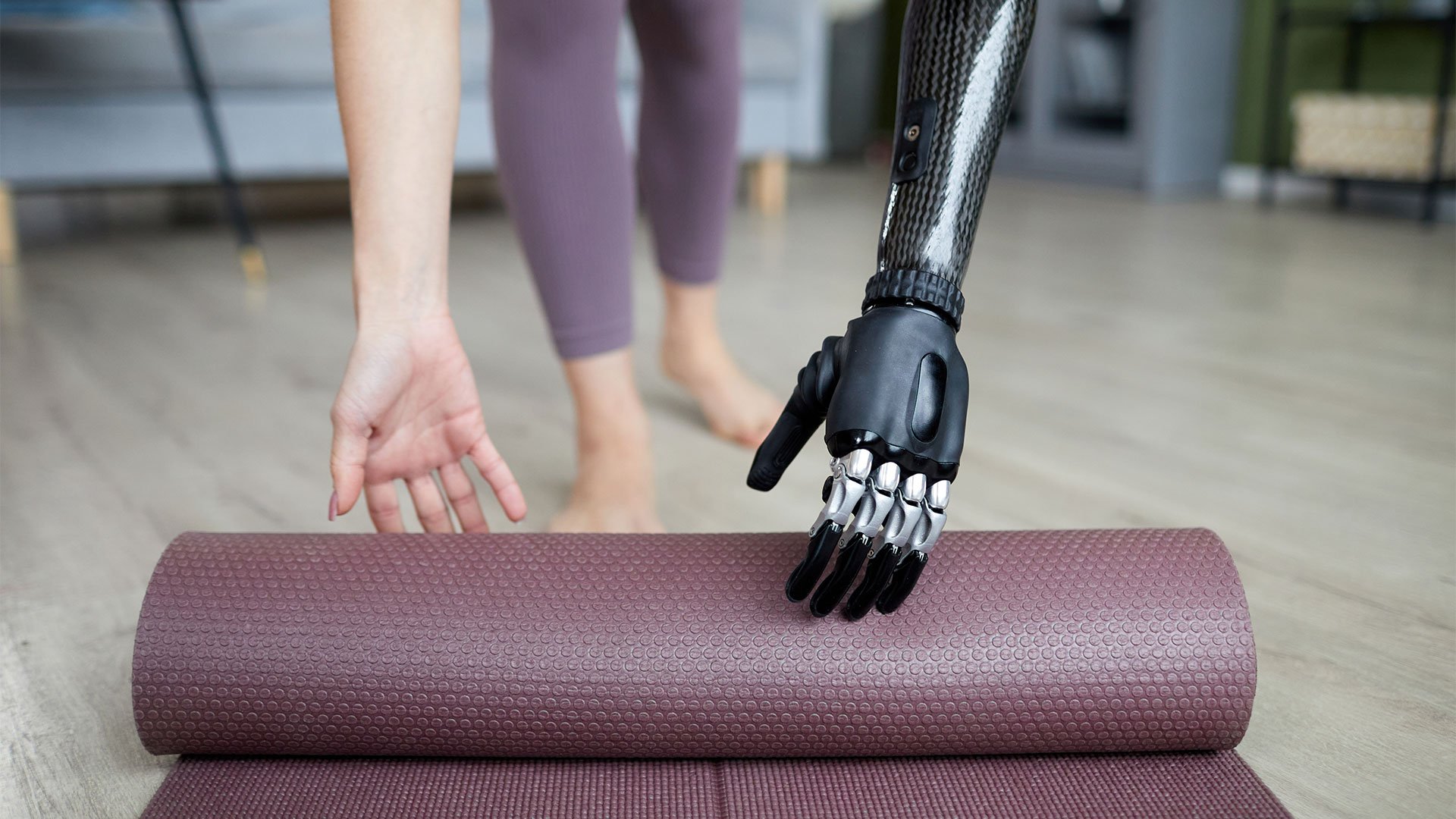
Go-To Movements for Upper Extremity Amputees
Most fitness plans weren’t built for upper extremity amputees—but that doesn’t mean you’re left out. These three movements are simple, effective, and tailored to real bodies with real-life challenges. Your strength story starts here.

Go-To Movements for Lower Limb Amputees: Rebuild Strength, Boost Confidence, and Thrive
Living with a lower limb amputation doesn’t mean giving up an active life—it’s a fresh start. These three simple, powerful exercises—Side-Lying Hip Abduction, Prone Hip Extension, and Single-Leg Sit-to-Stand—help rebuild strength, boost balance, and reclaim independence. Start today and thrive!
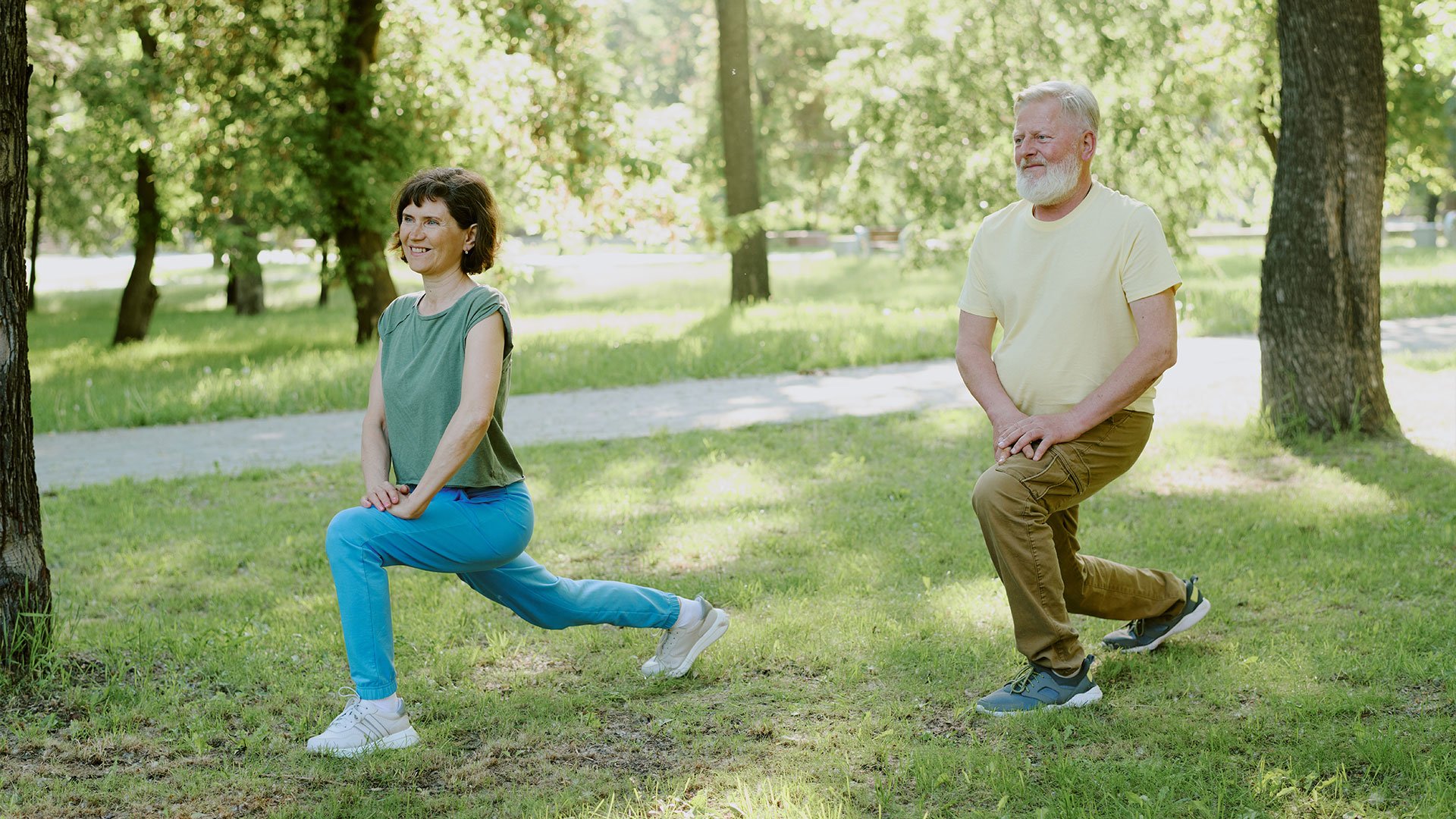
Go-To Workout Movements for Neuromuscular and Neurological Disorders: Build Strength, Balance, and Resilience
Neurological disorders are the leading cause of disability globally, affecting 1 in 3 people in their lifetime. Staying active is key to maintaining strength and independence. Try these three adaptable exercises: Supported Lunges for balance, Squats for mobility, and Tuck/Plank Holds for core strength.
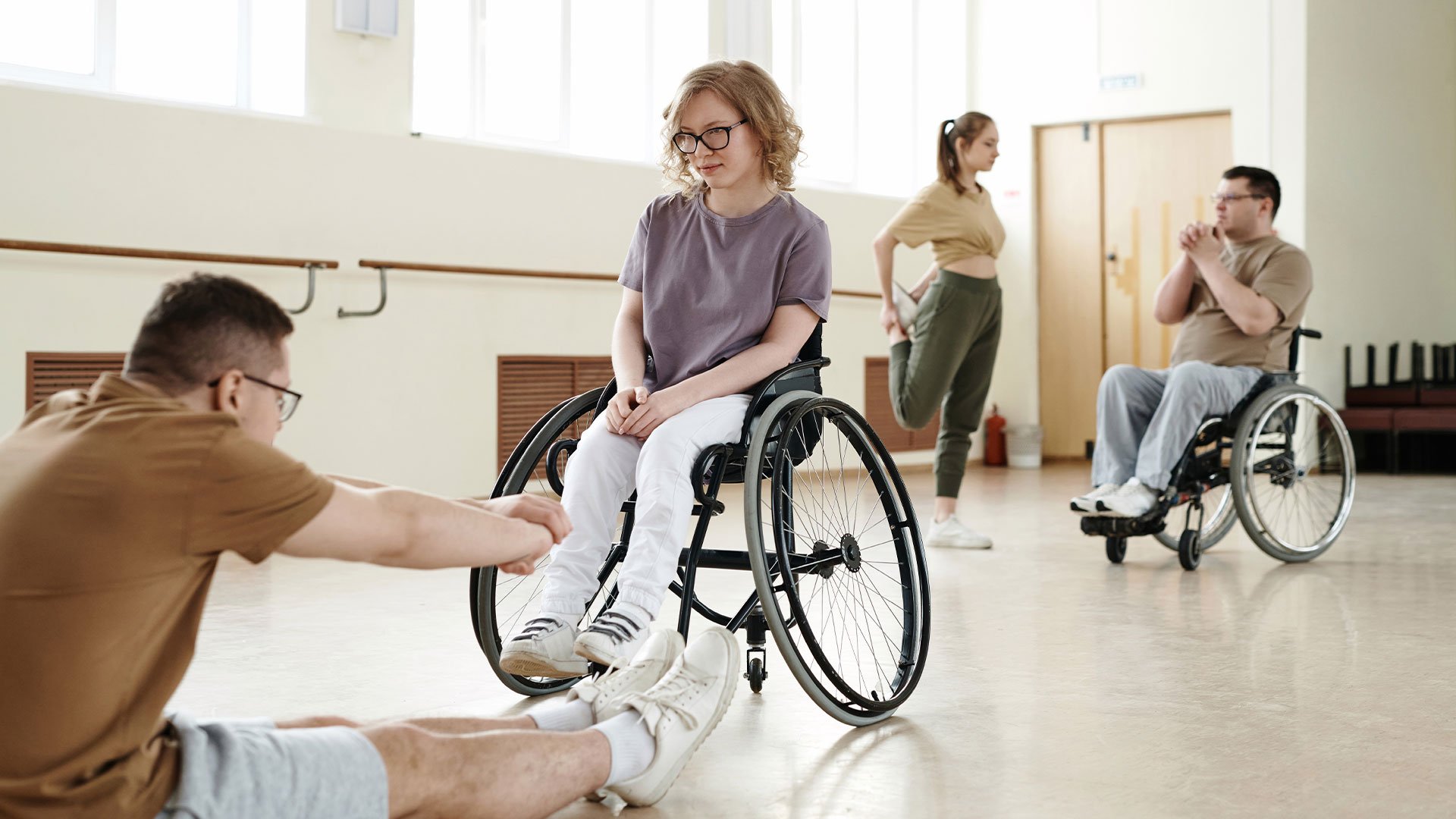
Go-To Workout Movements for Wheelchair Users: Build Strength, Mobility, and Independence
Staying active as a wheelchair user is about more than just fitness—it’s about independence, injury prevention, and longevity. Despite the booming fitness industry, accessible training guidance remains scarce. In this guide, we break down three essential movements to strengthen shoulders, enhance mobility, and build functional power for everyday life.

Nutrition for Wheelchair Users: Fueling Health and Independence
Every year, 18,000 people in the U.S. become new wheelchair users, facing major lifestyle changes. Good nutrition can make all the difference—helping prevent pressure ulcers, manage bowel routines, and maintain energy. From protein and fiber to hydration and meal timing, discover essential strategies to fuel your body, foster independence, and thrive both physically and mentally.
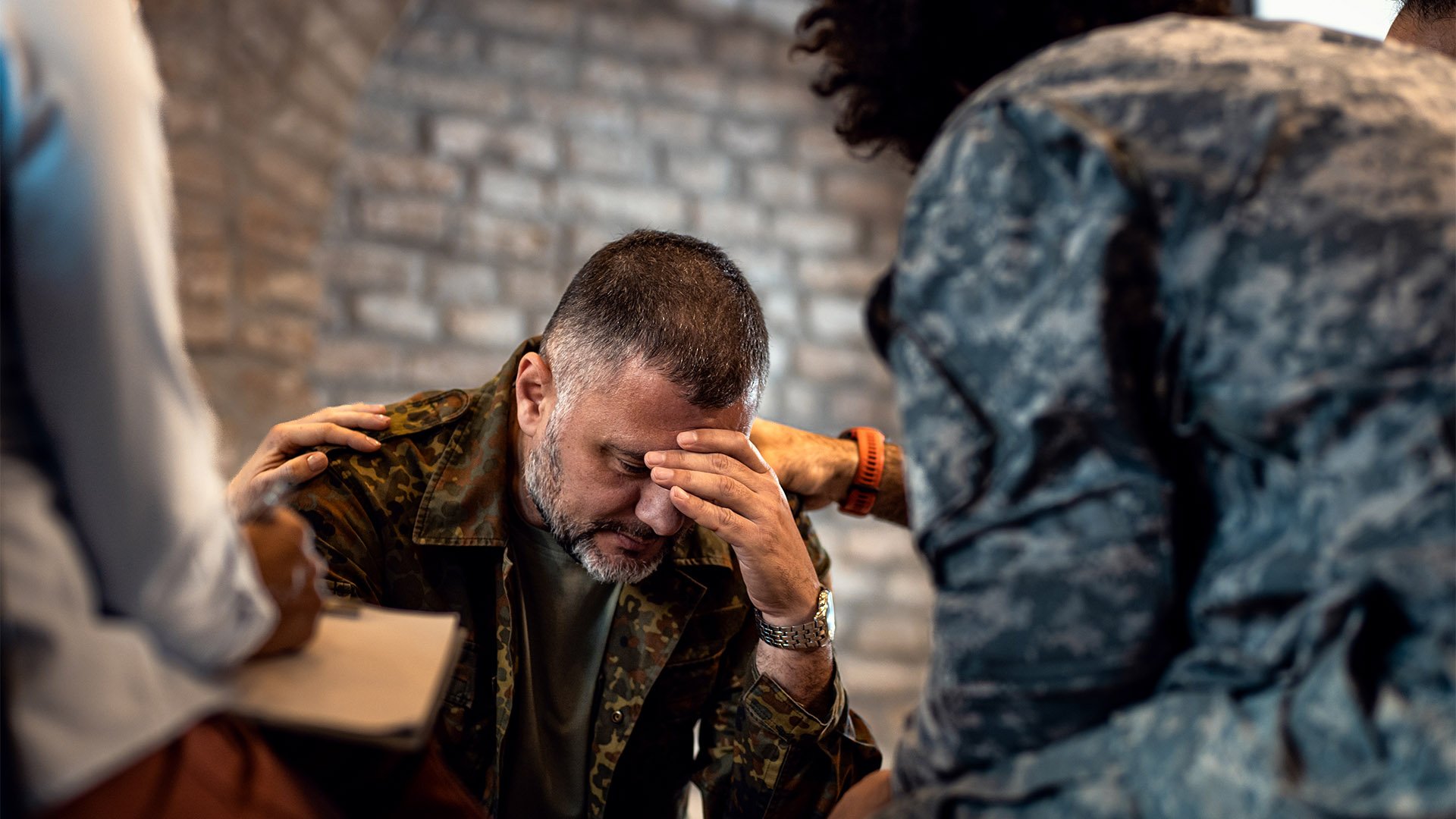
Life by Burpees Challenge: A Community Effort to Support Our Nation's Finest
The Life by Burpees Challenge united fitness communities to support veterans and first responders, raising over $6,000 and completing 13,000 burpees. This event wasn’t just about physical endurance—it was a reminder to step out of our mental “boxes” and embrace empathy, connection, and growth.
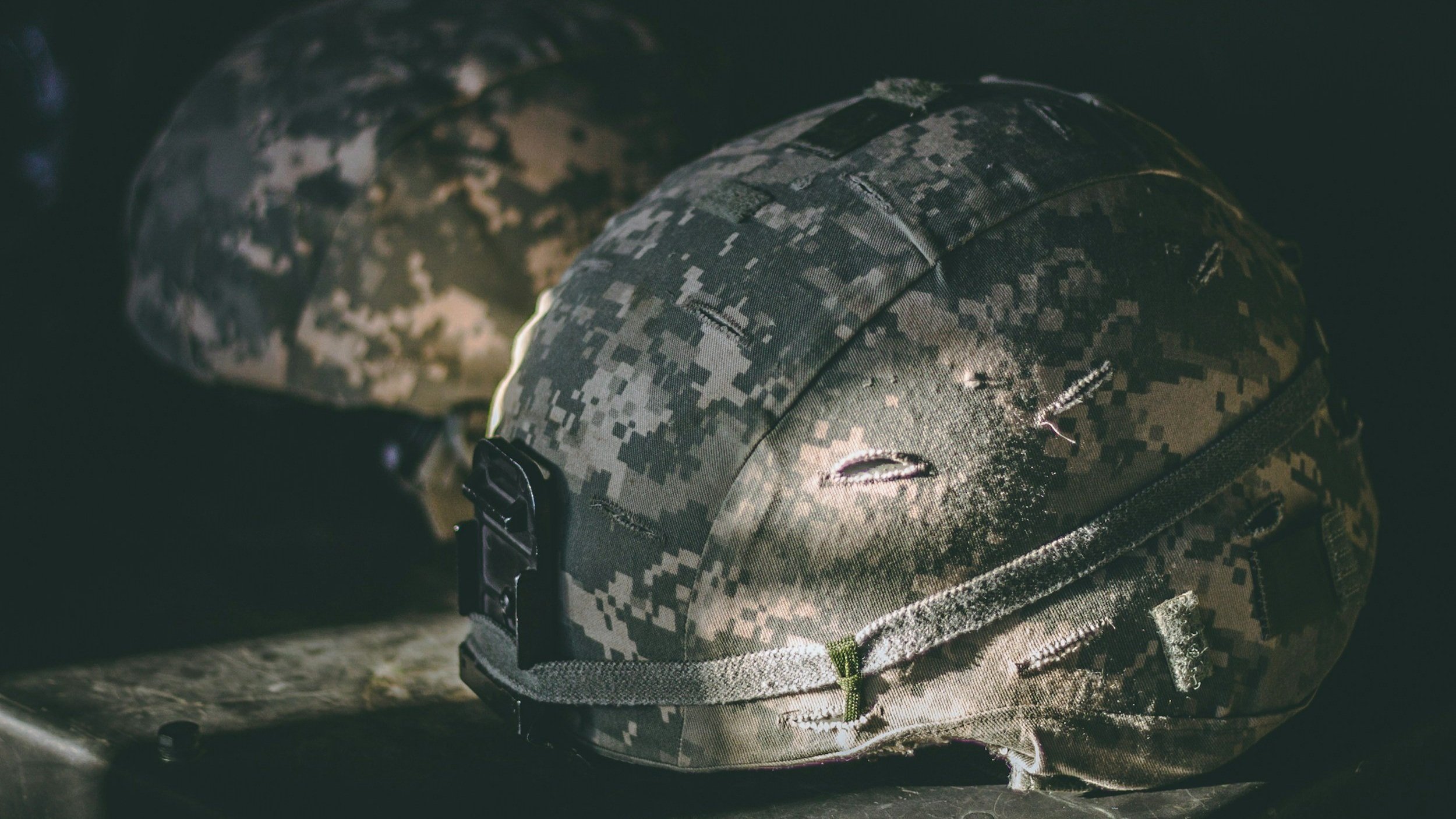
Bent, NOT Broken: Veterans and First Responders Navigating Civilian Life
In "Bent, NOT Broken," Josh Snyder delves into the tough shift from military and first responder roles to civilian life, highlighting the loss of structure and camaraderie. He provides actionable advice on regaining purpose through daily structure, supportive networks, and personal accountability, proving resilience is possible.

Navigating Life After a Neurological Diagnosis: Insights from an Adaptive Athlete
Receiving a neurological diagnosis can be overwhelming, but adaptive athletes share powerful insights on navigating this new reality. Through community support, exercise, and self-advocacy, they demonstrate the importance of taking control of your recovery and living a fulfilling life, even in the face of adversity.
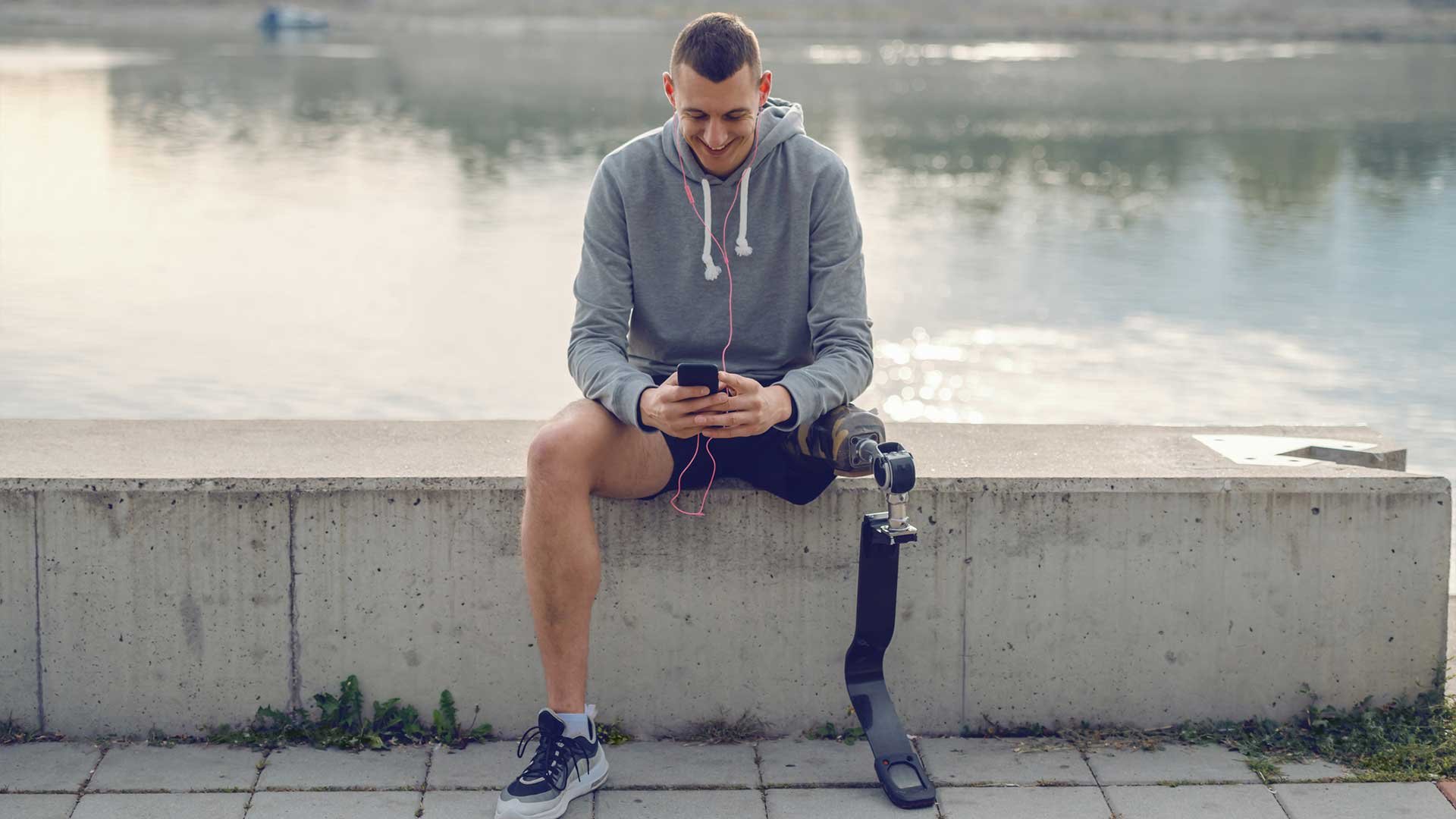
Navigating Life After Amputation: Practical Insights for a Healthier Recovery
Life after amputation presents unique challenges, but early movement, social connections, and practical advice can pave the way for a healthier recovery. As Daniel, an AAIM Athlete, emphasizes, "Start talking to other amputees as soon as possible, get into support groups. Do not let your body go." This blog explores essential insights for new amputees, from the importance of adaptive exercises to the power of community support, offering a roadmap for navigating this life-changing journey.

Navigating Life Suddenly in a Wheelchair: So Now What?
Suddenly finding yourself in a wheelchair can turn your world upside down. But you're not alone on this journey. Thousands have faced similar challenges and not just survived, but thrived. This blog offers insights from those who've been there, providing practical advice and emotional support. From rebuilding confidence to redefining priorities, we explore the physical and mental aspects of adapting to life on wheels. Join our community and discover the strength, resilience, and new possibilities that await you.

Navigating Life with a Spinal Cord Injury: An Essential Guide for New Wheelchair Users
Navigating life after a spinal cord injury can be overwhelming. Our guide, based on real experiences, offers crucial insights for new wheelchair users. From prioritizing mental health to breaking isolation and building community, learn how to confidently embrace your new journey.
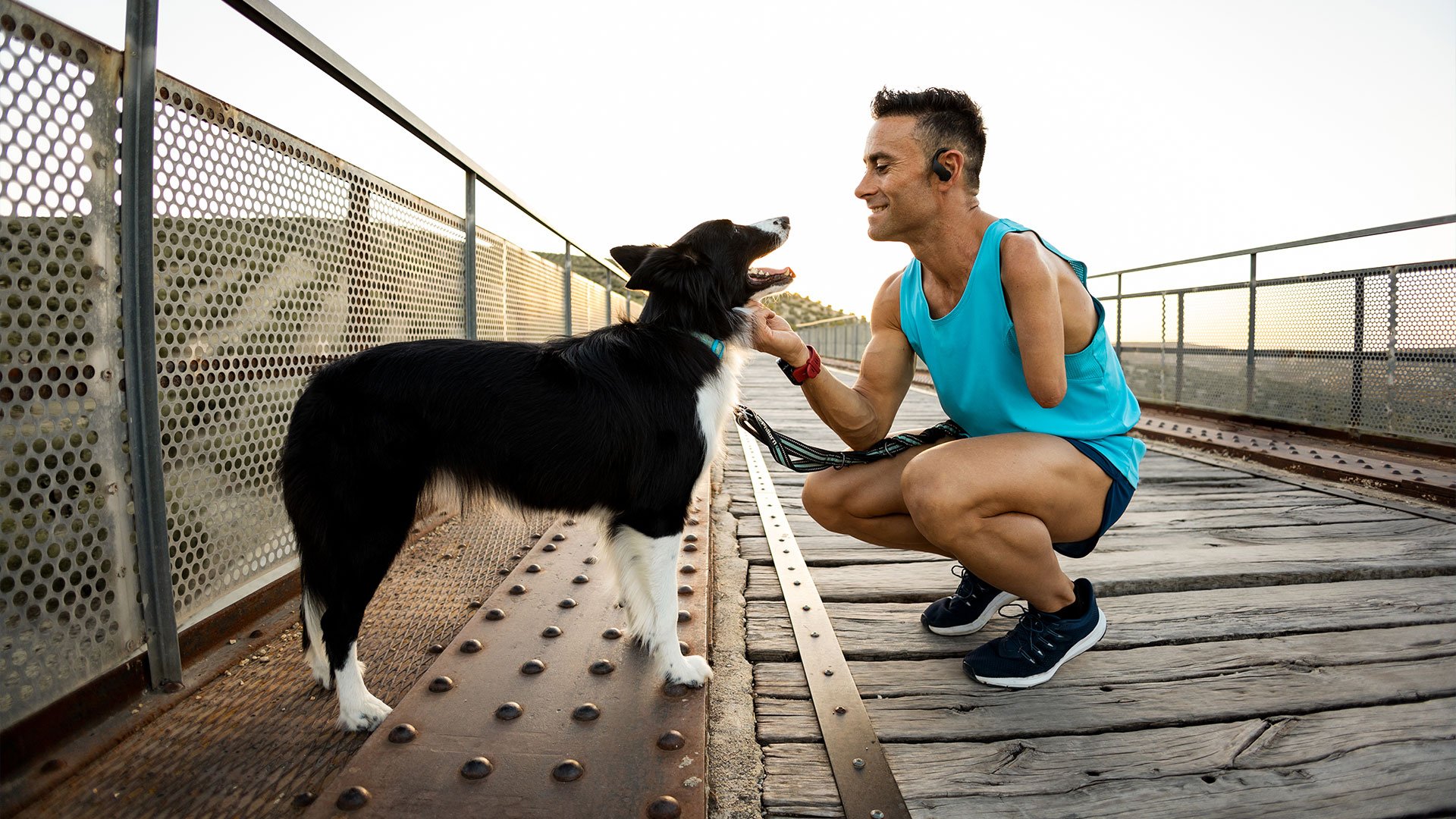
Unlock Your Wellness Potential: The Power of Measurement for Achieving Health Goals
In today's fast-paced world, prioritizing health and wellness can be daunting. However, research shows that individuals who regularly track their progress are significantly more likely to achieve their fitness goals. This blog post explores the concept of the "continuum of health" and how small, incremental steps can lead to substantial improvements in physical and mental well-being over time. Discover the power of measurement and learn practical strategies to unlock your full wellness potential.
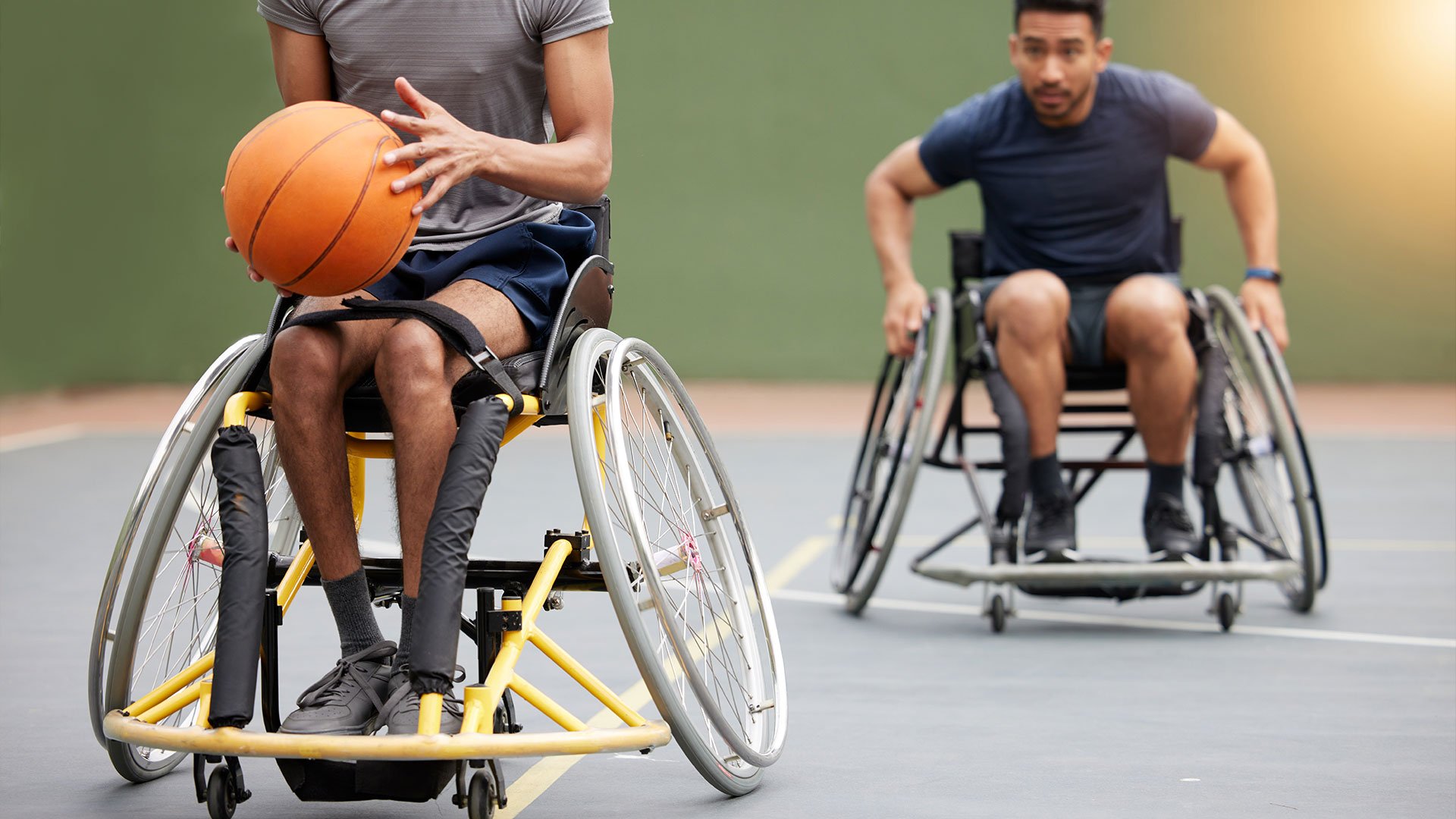
Empowering Wheelchair Users: The Critical Need for Exercise and Movement
In our latest blog post, "Empowering Wheelchair Users," we explore the challenges they face in staying active, like inaccessible facilities and societal misconceptions, which can lead to health issues such as cardiovascular disease. We discuss actions like enhancing accessibility, engaging in community programs, and raising awareness to help them lead more active, fulfilling lives. Join us in supporting wheelchair users.
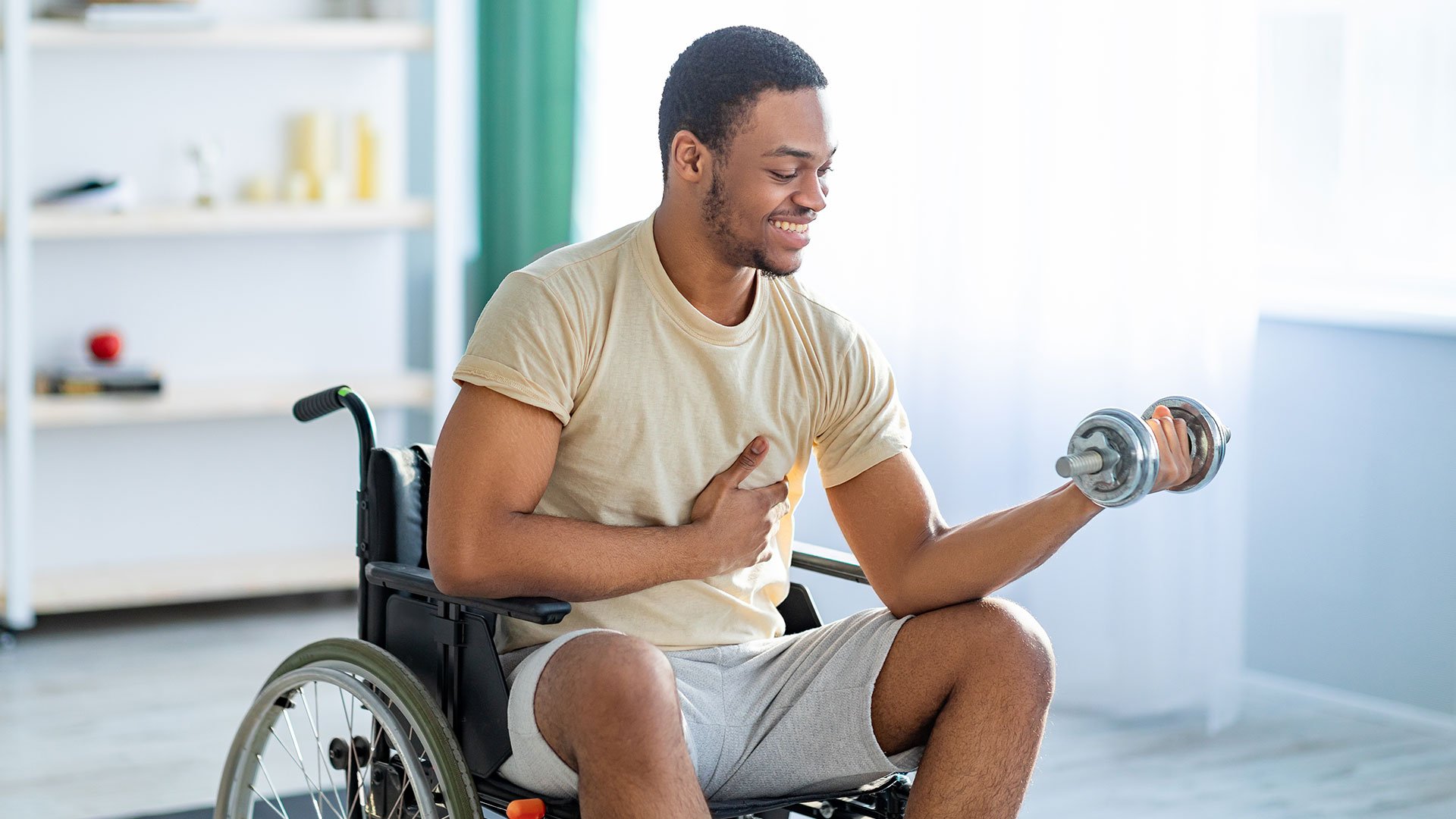
How to Effectively Exercise in a Wheelchair: Adapting Fitness for Every Body
Wheelchair Workout Volume 2 delves into transforming "able-bodied" exercises into wheelchair-friendly formats, enhancing fitness accessibility and effectiveness. By exploring adaptations across CrossFit, bodybuilding, and endurance training, this guide offers practical, inclusive strategies for the adaptive community. Whether you're new or seeking new challenges, it's a companion for achieving health and fitness goals, ensuring workouts are safe, practical, and beneficial for everyone.
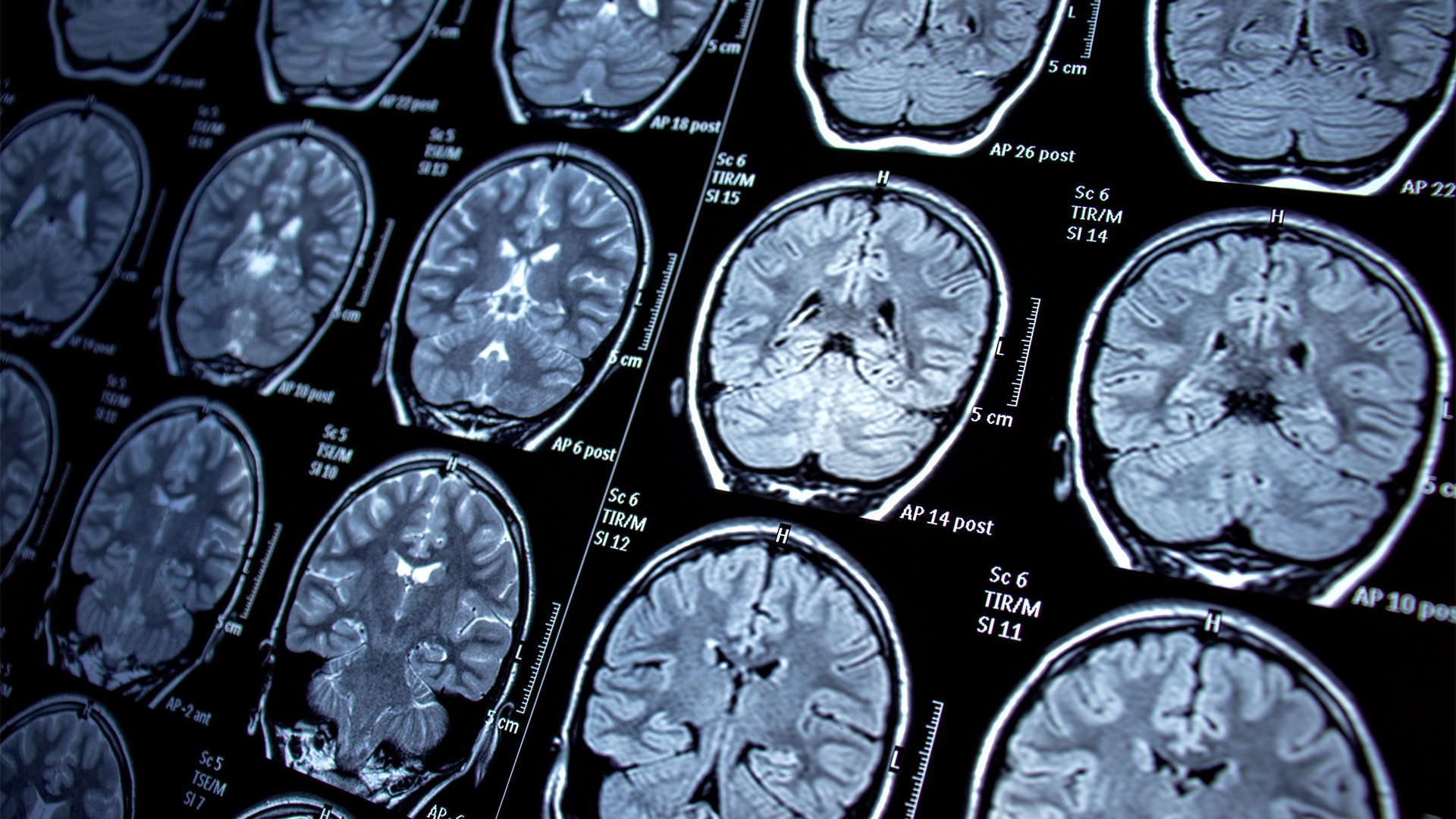
Neurological Disabilities and Exercise: A Comprehensive Guide
Discover the essential guide to adapting exercise routines for those with neurological disabilities. This comprehensive resource provides tailored strategies to enhance balance, coordination, and muscle strength, catering specifically to the diverse needs of individuals with conditions like stroke, Alzheimer's, and migraines. With a focus on safety and improving daily life, this guide is an invaluable tool for embracing an active lifestyle amidst neurological challenges.
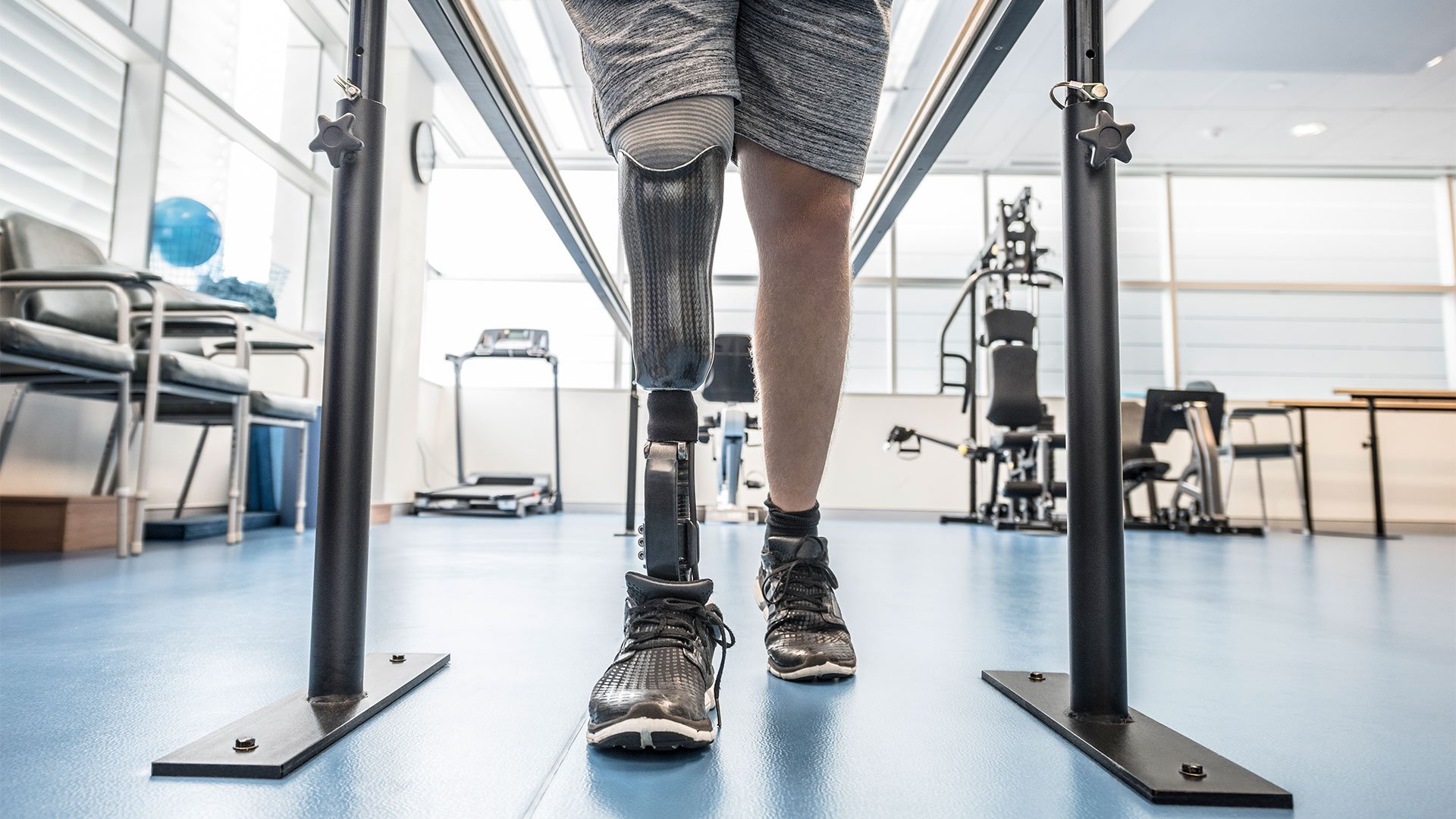
Adaptive Fitness for Amputees: A Complete Guide to Lower Limb Exercise Routines
Adaptive Fitness for Amputees: A Complete Guide to Lower Limb Exercise Routines" demystifies exercise adaptations for individuals with Below Knee and Above Knee Amputations, focusing on safe and effective strength-building techniques. This step-by-step guide is an invaluable resource for the 2.1 million amputees in the U.S. striving for an active and balanced lifestyle.
